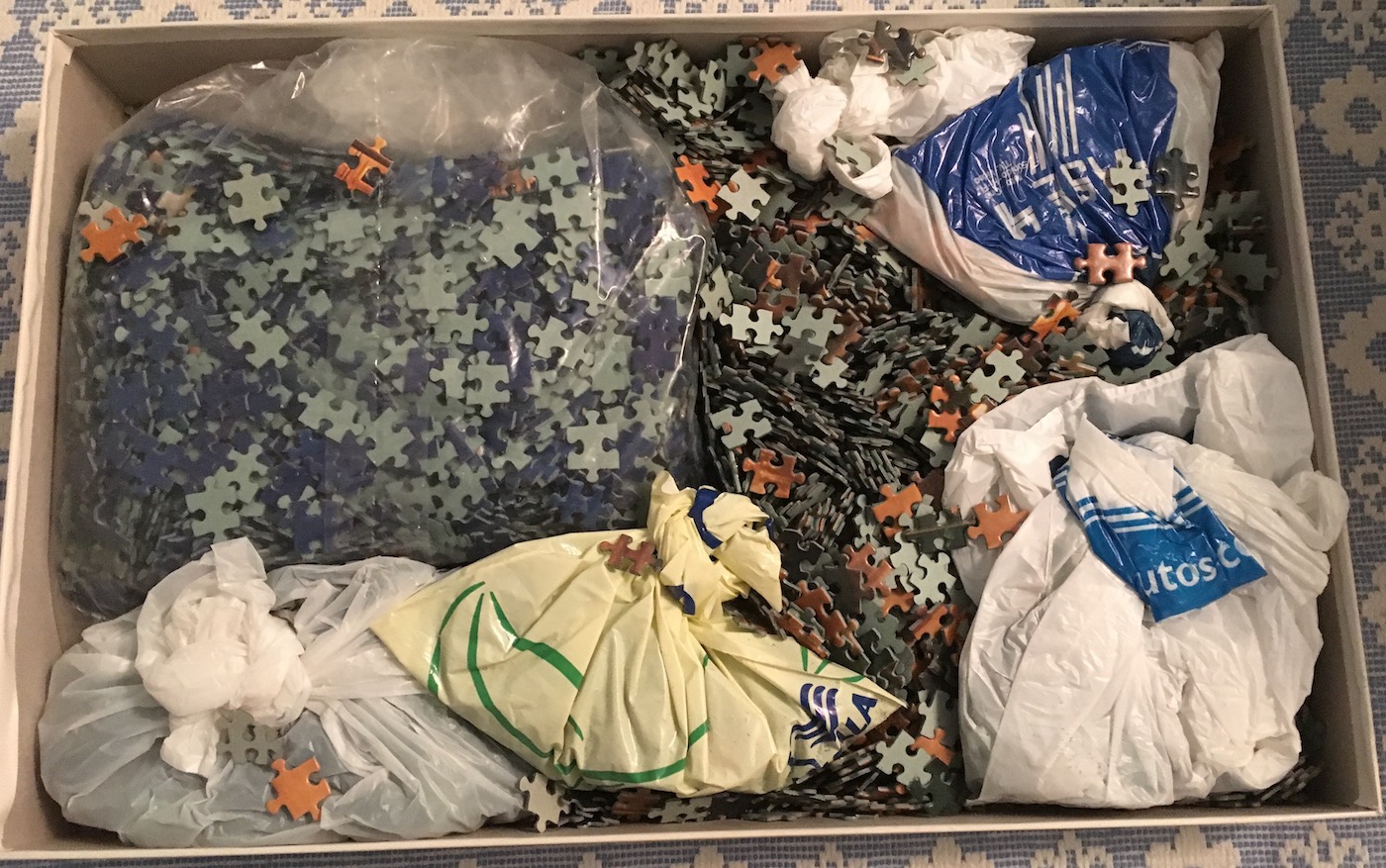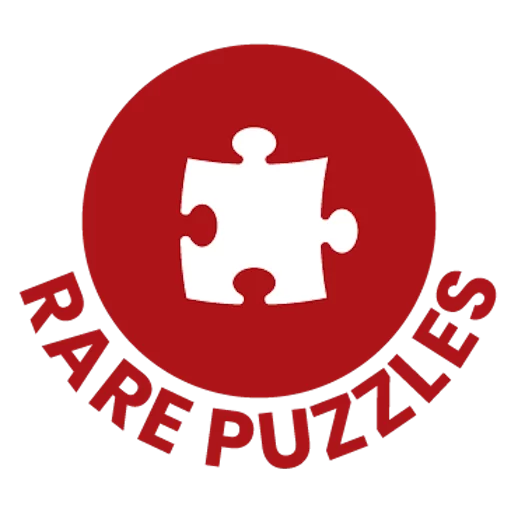Blog
People are Honest (Most of the Time)
I once bought a puzzle that was described as new. I had specifically asked whether the puzzle was new or used, and the seller told me that it was new.
Then, I received this:

After having bought more than 1000 puzzles all over the world, I think I have been scammed in every continent.
I don’t take it personally anymore. It just happens. And yet, I can confidently say that most people are honest.
I never presume bad intentions, and I tend to think that the cases in which the seller knows positively that he is lying are the exceptions. Of course, I have had some of those too.
Most of the times, the seller simply doesn’t distinguish between new and like new. In his opinion, the puzzle is new because, after all, it was just opened once but never assembled.
But the buyer cannot read his mind. When the puzzle arrives, he opens it, and it doesn’t match the description, it is too late. Even when most sellers will be willing to accept a return, they will not accept refunding the shipping costs and you end up losing. It is very rare that people will take full responsibility.
How to avoid this? You need to ask more specific questions than simply “Is it new or used?”.
If you ask “Are the pieces sealed in the bag?”, it is possible that you receive a used puzzle that has been resealed, for example with those flimsy bags that you can find at the entrance of some supermarkets. It has happened.
If you ask “Are the pieces in the original plastic bag?”, it is possible that you receive a used puzzle with the bag opened. After all, the pieces were in the original plastic bag, and you never asked whether the bag was sealed. It has happened.
So, I normally ask “Are the pieces still sealed in the original plastic bag or the bag with the pieces has been opened before?”. That question is very specific. When the seller responds to that question saying that the bag was never opened, you can be pretty sure that you are receiving a puzzle with the original bag sealed as it came out of the factory.
And yet… people make mistakes.
I once received a puzzle whose bag had been carefully stapled and it actually looked like a sealed bag puzzle when it was placed in the box. It was not. Sometimes the seller of the puzzle is not the original owner and doesn’t know the exact condition. When he checks the puzzle, he might simply think that the bag was sealed.
Sometimes the puzzle arrives with a partial tear through one of the edges of the bag. The bag can accidentally tear when handling it (it has happened to me), and it is difficult to detect if you don’t check it carefully. It is even possible that the bag tears during transit, and if the tear is just several inches long, the pieces don’t even come out of the bag.
In some of these cases I am sure that the seller knew that his description was misleading or simply false, but I want to believe that it is normally due to ignorance or carelessness. You can avoid them by asking very specific questions.
Needless to say, when you buy a used puzzle, the confidence with which a seller says that the puzzle is complete, doesn’t literally mean anything. He might be sure that the puzzle is complete, and he can honestly believe that it is complete, but that doesn’t mean that it is.
Just expect that one out of every four used puzzles that you buy will be incomplete or defective.
